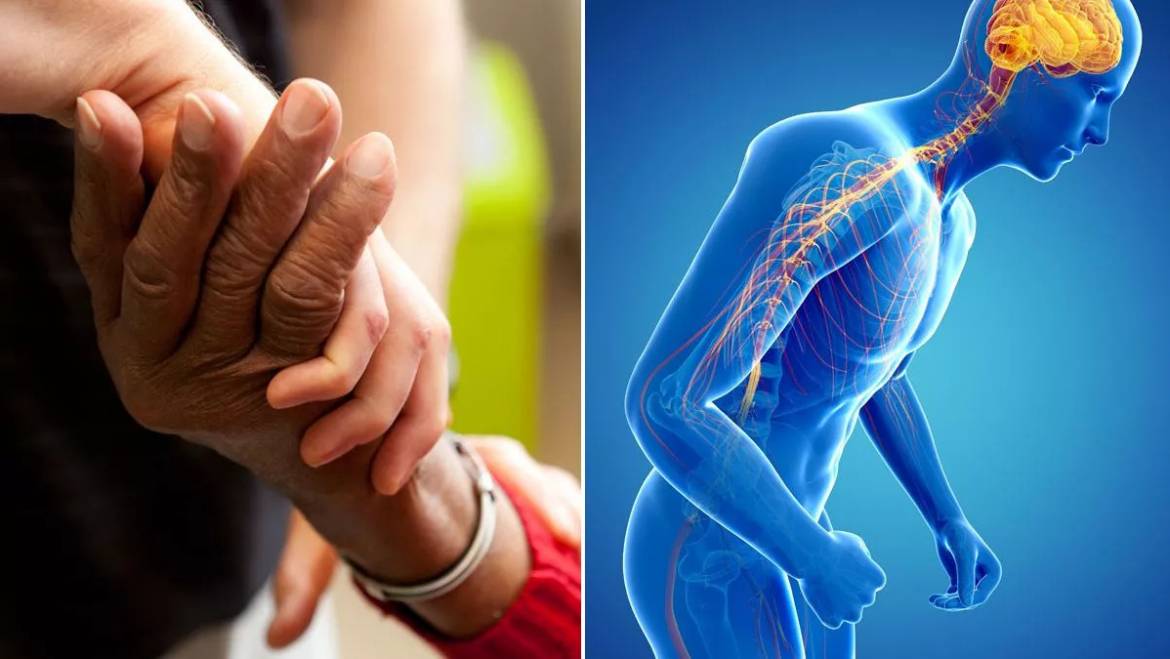
Parkinson’s illness Drugs have the ability to reduce the disease’s symptoms. But when the illness worsens, individuals lose some of their effectiveness and have more negative side effects. Medication regimens must be regularly modified and are prescribed based on the patient’s condition.
Individuals suffering with Parkinson’s disease exhibit insufficient production of dopamine, a crucial neurotransmitter within the body. Nerve impulses aren’t relayed as well when dopamine levels are low, which might cause aberrant movement and other issues. The goal of medication treatment is to help you get rid of the symptoms by balancing out the brain’s lack of dopamine. However, the condition cannot be cured by these drugs. Medication for Parkinson’s disease has the potential to significantly lessen symptoms, particularly in the early stages. As the illness worsens, the course of treatment gets harder. Parkinson’s medication side effects can also arise and are occasionally rather severe.
Early-stage Parkinson’s treatment
In the early phases of Parkinson’s disease treatment, three main drug groups are utilized:
- Levodopa: It functions in the brain by converting to dopamine.
- Dopamine agonists: These drugs aid in the stimulation of the dopamine-producing nerve receptors.
- Known also as monoamine oxidase B inhibitors, MAOB inhibitors prevent the breakdown of dopamine in the brain.
Tablets are typically used to take these drugs. There are other dopamine agonists that come in patches form. Some people may be able to manage the illness without medication in its early stages. The primary Parkinson’s disease treatment options are levodopa and dopamine agonists if the disease reaches a point where symptoms become bothersome. These medications interact with one another only marginally, although some may have more frequent or more severe side effects than any other Parkinson’s medication. However, these two drugs work well when the sickness is still in its early stages. For at least a few years, they enable a large number of Parkinson’s disease patients to enjoy symptom-free lives.
Effectiveness of Parkinson’s treatment in the early stages
It is difficult to forecast the degree of therapy success. Not everyone responds to the meds in the same way, and figuring out the proper dosage can occasionally take some time. a discernible reduction in symptoms after the first two weeks of medication. Movement gets easier once more and stiffness decreases. Up to three months after starting treatment, these symptoms keep getting better. Treating tremor is frequently a difficult task. Sometimes taking medicine for months or years is the only way to get better.
In certain cases, MAO-B inhibitors are substituted for mild symptoms. For a few months, MAO-B inhibitors can help with symptom relief and postpone the need to use levodopa. However, when taken alone, these medications are ineffective for addressing more severe symptoms and are not as effective as levodopa or dopamine agonists.
What to consider when taking Anti Parkinson’s medications?
The medications must be taken at specific times of the day in order for them to function as intended. Levodopa for Parkinson’s disease shouldn’t be taken any less than an hour before or after consuming a high-protein meal since foods high in protein can alter how well the drug is absorbed into the bloodstream. Contrarily, dopamine agonists are taken with meals. If you take your meds at the wrong time, your symptoms may get worse. Many times, patients with Parkinson’s disease need to take many medications. Many people start taking a different drug or switch to another if the current one is unable to sufficiently treat symptoms or if the adverse effects become too significant.

Which to administer first: Dopamine agonist or Levodopa
Typically, one drug is used to begin treatment. The best medications are levodopa and dopamine agonists. Considerations such as benefits and downsides are important while choosing a medication.
People under the age of 70 are typically prescribed dopamine agonists to postpone the development of mobility disorders. Older adults typically receive levodopa prescriptions because they can handle it better. Some people start off taking levodopa and dopamine agonists together.
Levodopa Vs Dopamine agonists
Parkinson’s disease symptoms are better relieved by levodopa than by dopamine agonists. When it comes to adverse effects, it is less than dopamine agonists. Compared to dopamine agonists, it is more tolerable, particularly for older people.
Dopamine agonists, on the other hand, can postpone the start of movement disorders, such as abrupt, uncontrollable, or frozen motions.
Right now, it’s difficult to determine which antiparkinsonian medication is best for different age groups. People under 70 years old may utilize Levodapa first for very good reasons. Other important elements that may come into play here include side effect worries or the severity of the symptoms. This is the reason it’s critical to weigh the advantages and disadvantages of taking various medications with your physician before choosing which would be best. suitable for you.
What are the side effects?
The type of medication being used, the dosage, the patient’s age, the presence of other medical conditions, and the combination of medications used all affect the chance of adverse effects from Parkinson’s disease treatment. Dopamine agonists are generally more tolerable than levodopa. Adverse effects include drowsiness, nausea, constipation, dizziness, and hallucinations are more likely to occur. Dopamine agonist users are more prone to discontinue their medication or to take it irregularly. Levodopa side effects include intense cravings, disorientation, sadness, appetite loss, dizziness, and confusion. In general, levodopa is well tolerated at modest dosages.
Conclusion
Although there is presently no known cure for Parkinson’s disease, there are treatments available to help manage the symptoms and enhance quality of life. Accurate diagnosis is the first stage in managing Parkinson’s disease; symptom treatment is crucial. Levodopa is the primary treatment for the illness. Dopamine agonists are an additional option that functions in the brain like dopamine and has an impact akin to levodopa.





